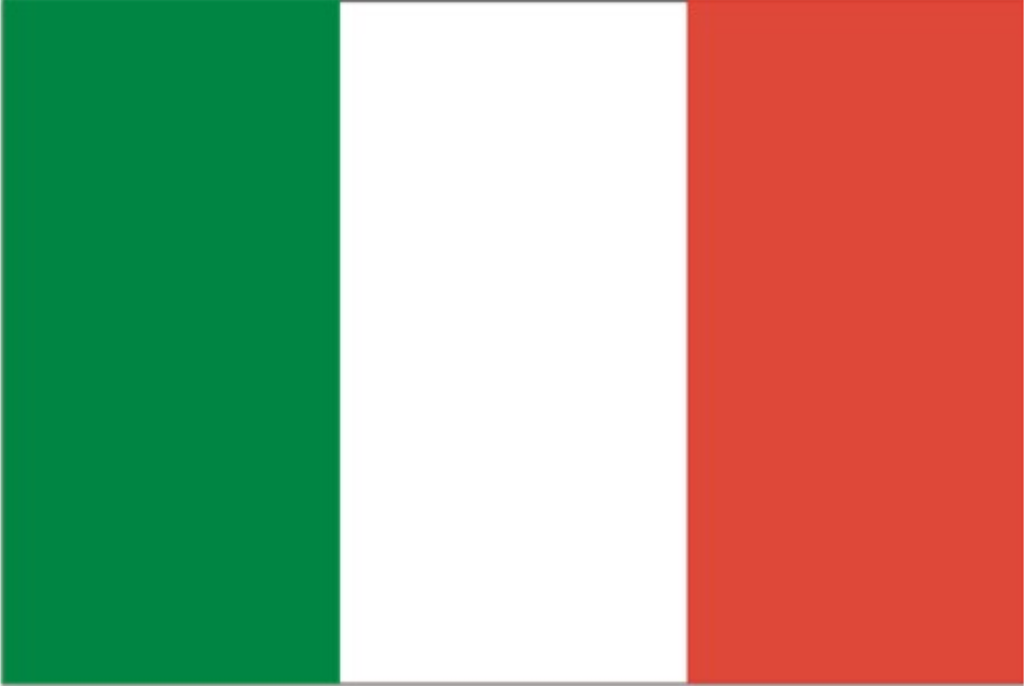Marketing and Promotion for Digital Fairs
A digital fair’s success often hinges on an effective marketing and promotion strategy that attracts the right audience and generates buzz before, during, and after the event. Unlike traditional events, where location plays a significant role in drawing foot traffic, virtual fairs rely almost exclusively on digital channels to capture potential attendees’ attention. Crafting a robust promotional plan becomes essential to ensure participants both register and remain engaged throughout the fair.
At the outset, target audience definition is paramount. Identifying and segmenting potential attendees—be they industry professionals, buyers, or casual enthusiasts—allows organizers to tailor messaging accordingly. Social media announcements, email newsletters, and sponsored ads can each be customized to address the specific pain points or interests of these groups. For instance, highlighting innovative product demos may attract tech-savvy audiences, while workshops featuring industry experts might lure professionals seeking professional development opportunities.
Content marketing amplifies the fair’s value proposition, introducing users to what they can learn or gain from attending. This can include blog posts, teaser videos featuring keynote speakers, or infographics detailing the event’s agenda. Publishing compelling, shareable content not only generates interest but also positions the fair as a thought leader within its niche. When participants perceive that a fair has significant educational or networking value, they are far more inclined to register and spread the word within their networks.
Collaborating with partners and exhibitors further expands promotional reach. Each exhibitor can share event invitations with their existing customer base or followers, effectively multiplying the fair’s visibility. Reciprocal marketing arrangements—such as affiliate links or co-branded content—may incentivize partners to ramp up their promotional efforts. In some instances, organizers also collaborate with influencers or industry experts who can lend credibility and attract a built-in audience.
Once the fair approaches, event countdowns and behind-the-scenes sneak peeks can sustain excitement. Regular posts on LinkedIn, Instagram, or Facebook, possibly combined with short promotional videos, serve as reminders of what’s to come. Paid advertising channels, such as Google Ads or LinkedIn Sponsored Content, can further boost visibility for those who haven’t yet committed. Retargeting campaigns can focus on people who visited the registration page but did not sign up, nudging them to finalize their participation.
Finally, post-event marketing cements the fair’s reputation and sets the stage for future iterations. Sharing highlights, session recordings, and key takeaways provides ongoing value and may entice those who missed the live event to participate next time. Surveys requesting feedback help organizers pinpoint what worked and where improvements are needed. By consistently showcasing participant testimonials and success stories, a digital fair can evolve into a recurring, must-attend event that grows in stature year after year. Through targeted marketing, engaging content, and strategic partnerships, each edition lays the groundwork for a larger and more impactful audience in the future.


